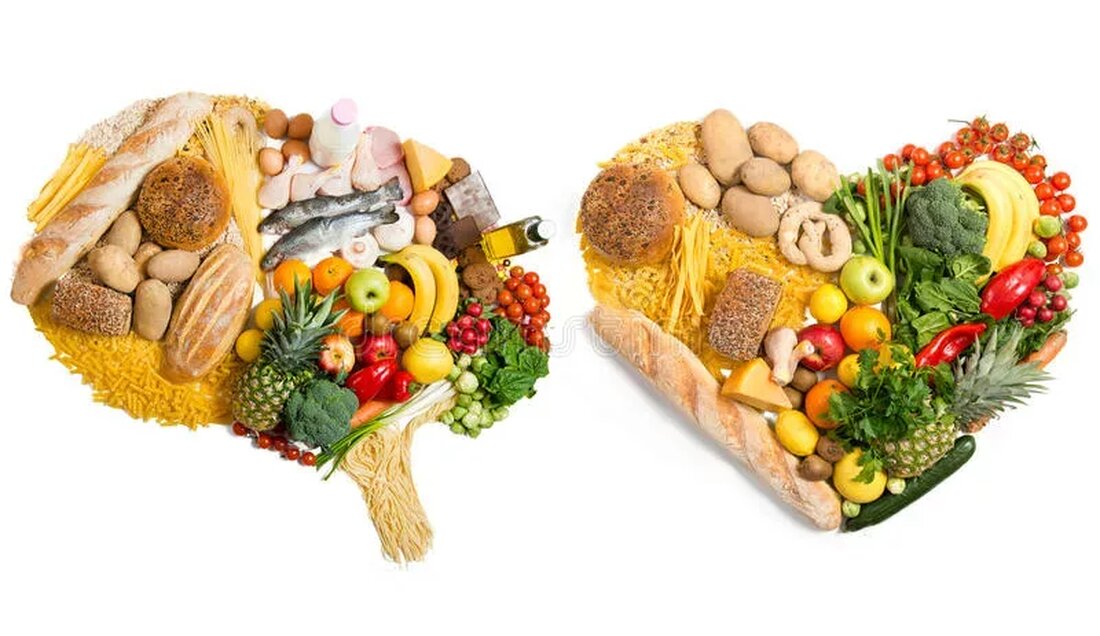What vegetables can I eat on the Candida diet?
Loading up on vegetables is a great diet strategy. Vegetables are packed with essential vitamins and nutrients and are a great choice for a healthy diet. However, are all vegetables the same? Believe it or not, some vegetables may not be suitable for certain types of diets. The Candida diet is one of those diets that requires you to pay particular attention to what type and how much of certain vegetables you eat. To understand which types and why you need to eliminate or reduce certain vegetables, you must first understand what the goal of the candida diet is. The Candida diet is the cornerstone of treatment...

What vegetables can I eat on the Candida diet?
Loading up on vegetables is a great diet strategy. Vegetables are packed with essential vitamins and nutrients and are a great choice for a healthy diet. However, are all vegetables the same? Believe it or not, some vegetables may not be suitable for certain types of diets. The Candida diet is one of those diets that requires you to pay particular attention to what type and how much of certain vegetables you eat. To understand which types and why you need to eliminate or reduce certain vegetables, you must first understand what the goal of the candida diet is.
The Candida diet is the cornerstone of treating a condition known as candidiasis. Candidiasis is a disease in which Candida albicans, a typically benign type of yeast, becomes an opportunistic organism in the intestinal system. Candida albicans is an innate part of the microflora of the intestinal system that ideally works with “friendly” bacterial species to keep the body healthy. Unfortunately, external factors such as overuse of antibiotics, steroids, oral contraceptives, stress, and a diet high in processed foods/sugar foods often cause Candida albicans overgrowth. When this happens, an abundance of toxins are released into the body, causing a variety of seemingly unrelated health problems. Symptoms of candidiasis include chronic yeast infections, chronic sinus infections, irritable bowel syndrome, anxiety, depression, and fatigue. The Candida diet attempts to disrupt the food supply of Candida albicans by eliminating foods that promote its growth. While the main culprits are sugar, vinegar, fermented foods, glutinous grains, and fast-acting carbohydrates, there are other foods that candida dietary guidelines recommend consuming in moderation. Complex grains and vegetables high in starch fall into this category because, while they don't break down into sugar as quickly as the simple carbohydrates, they actually break down into sugar and feed the candida. So which vegetables can we eat freely and which ones do we eat in moderation on the candida diet?
Vegetables to eat freely
Onion vegetablessuch as chives, garlic, leeks, onions, scallions, shallots and water chestnuts are good choices for the candida diet. This group of vegetables can be used to add flavor and texture to meals and onions, and garlic in particular has antifungal properties that help fight Candida albicans.Flowering vegetablessuch as artichokes, broccoli, broccoli rabe and cauliflower are ideal as a side dish. UseLeafy greenssuch as arugula, Brussels sprouts, cabbage, chicory, cabbage, endive, lettuce, kale and spinach to complement main dishes and make delicious salads.
fruit vegetables,You can prepare delicious yeast-free meals with avocados, cucumbers, eggplant, okra, peppers and pumpkin.stem vegetablessuch as asparagus, celery, chard, fennel and kohlrabi also have a variety of uses in nutrition.
Eating vegetables in moderation
The two types of vegetables you should eat carefully on the candida diet areRoot vegetables and tuber vegetables. This group includes turnips, carrots, parsnips, radishes, rutabaga, cassava, potatoes, sweet potatoes and yams. You can still enjoy these vegetables on the candida diet, but plan meals so that you don't overload on these vegetables.
More information about life yeast-free If you are following the Candida Diet, visit Yeast Free Living.

 Suche
Suche
 Mein Konto
Mein Konto
